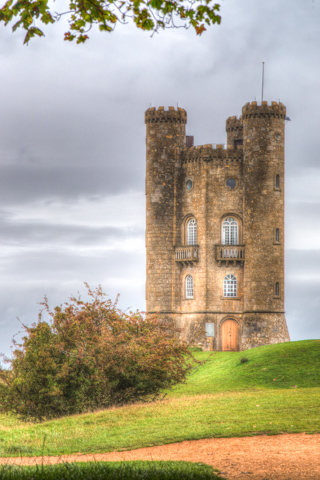
We were too early - the English in the Cotswolds do not get up very early. Fortunately it is easy to squeeze around the gate and approach the castle - or tower. A cloudy rainy day.
Broadway Tower was the brainchild of the great 18th Century landscape designer, Capability Brown. His vision was carried out for George William 6th Earl of Coventry with the help of renowned architect James Wyatt and completed in 1798.
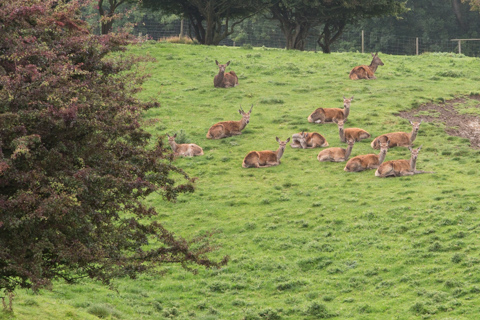
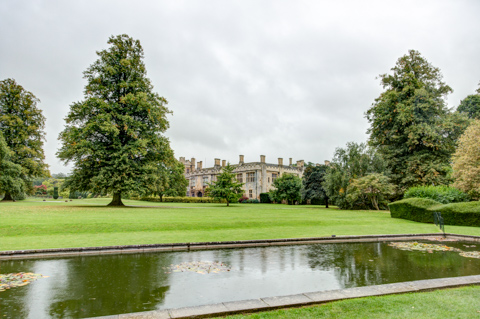
The castle was once home to Queen Katherine Parr, the last and surviving wife of King Henry VIII. Henry himself, Anne Boleyn, Lady Jane Grey, Queen Elizabeth I and Richard III have all played a part in Sudeley's story. King Charles I found refuge here during the Civil War, when his nephew Prince Rupert established headquarters at the Castle. Following its 'slighting' on Cromwell's orders at the end of the Civil War, Sudeley lay neglected and derelict for nearly 200 years.

King George III was among those sightseers who came to admire its romantic ruins. Then in 1837 Sudeley was rescued by the wealthy Worcester glove-makers, brothers John and William Dent, who began an ambitious restoration program which was continued by their nephew, John Coucher Dent, when he inherited the castle in 1855. His wife, Emma Brocklehurst, threw herself enthusiastically into Sudeley's restoration, at the same time forging strong links with the nearby town of Winchcombe.
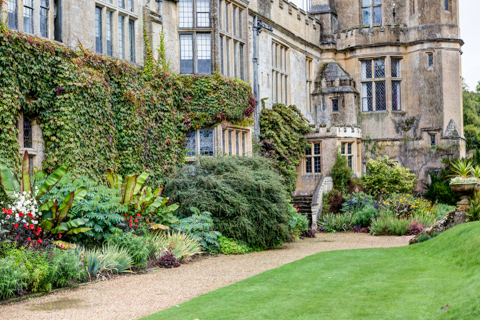
Sudeley Castle & Gardens is now the home of Elizabeth, Lady Ashcombe and her son, daughter and their families. The family is committed to the continued preservation of the castle, its treasures and the ongoing restoration and regeneration of the gardens.

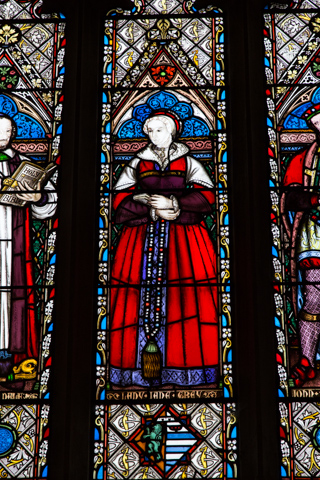
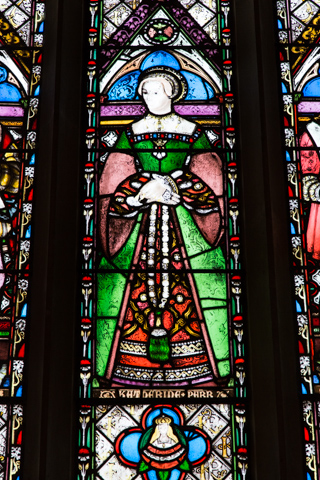
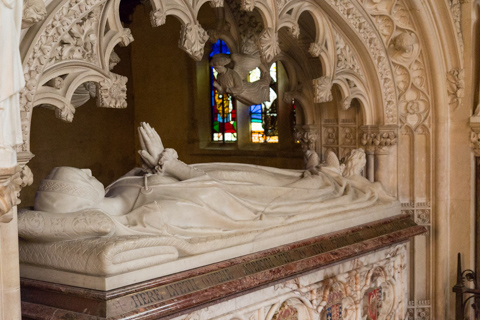
Her grave was discovered in 1728 after the castle and the chapel had been left in ruins by the English Civil War.
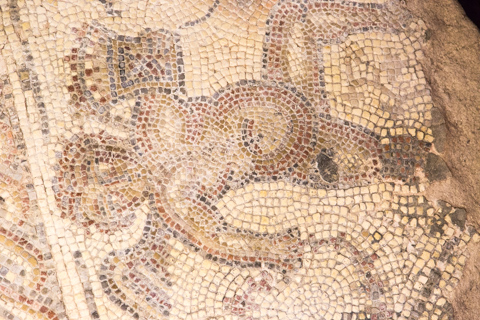
The villa was built in phases from the early 2nd century to the 4th century, with the 4th century construction transforming the building into an elite dwelling arranged around three sides of a courtyard. The 4th century building included a heated and furnished west wing containing a dining-room (triclinium) with a fine mosaic floor.

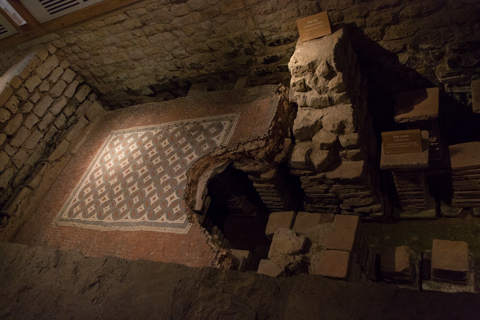
First occupied in the 2nd century AD, Chedworth Roman Villa was gradually extended, reaching its peak in the 4th century. Rediscovered in 1864 it has been owned and cared for by the National Trust since 1924.
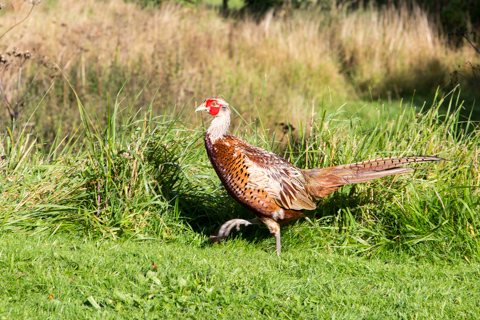
Assuming this is the female
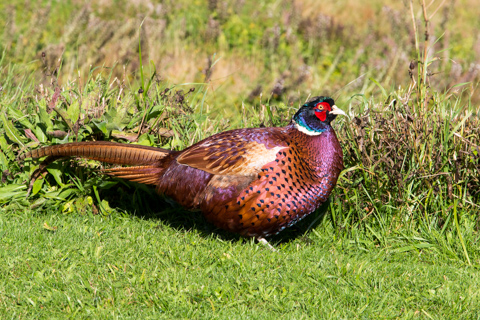

One of the Pubs
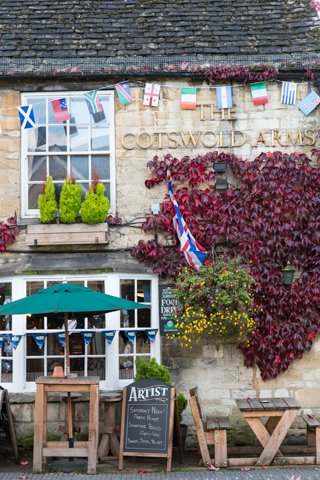
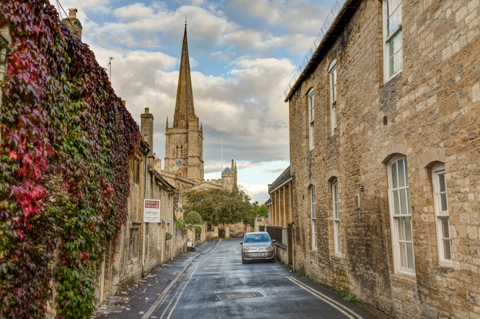
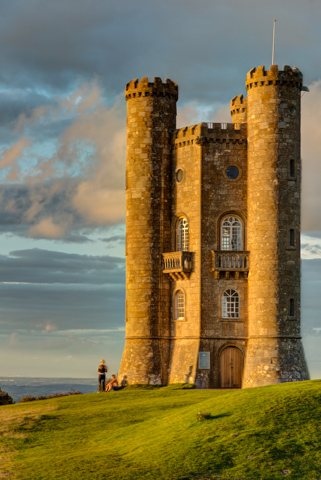
Once again the tower park was closed, but as an experienced fence hopper I quickly entered over the fence. Setting up and taking many, many pictures as the sun sets.
In this picture another couple who jumped the fence enjoy the vista.
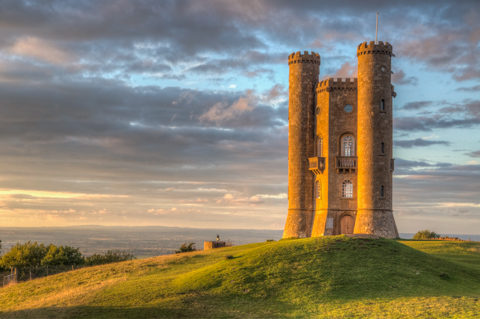
The "Saxon" tower was the brainchild of Capability Brown and designed by James Wyatt in 1794 in the form of a castle, and built for Lady Coventry in 1798-99. The tower was built on a "beacon" hill, where beacons were lit on special occasions. Lady Coventry wondered whether a beacon on this hill could be seen from her house in Worcester, about 22 miles away, and sponsored the construction of the folly to find out. It worked.
